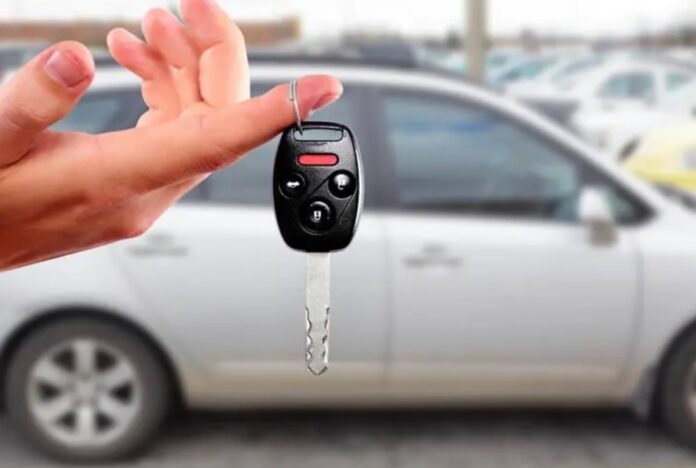Tens of millions of used cars are sold every year; with so many options out there, it might be rather challenging to select the right one. Buying a used car is totally fine if you are short on money or want to test how the luxury car (used) feels like. If you are sure to buy a used car, there is a long list of standard practices. Here, we have a list of 10 biggest and most overlooked red flags to check before buying a used car.
1. Inspecting the bodywork
Looking for any scratches and paint job on the car’s body is easily one of the visual inspections you can do. Here, you are essentially looking at cut-and-shuts; it indicates whether the vehicle body is joined after an accident. Shiny car pictures on social media might look intimidating but fails to impress while driving. Make sure you pull the carpets and check if there is any after work done on the car. Shut the door of a car entirely and see if the door fits parallel to the car body. If you see any gaps or hump, then feel free to question the owner.
Rusting of the panels under the window and doors is another sign of the wrong vehicle. A small rusty part is not a deal-breaker; however, if it’s reasonably too large, you might consider leaving the deal. The evidence of the crash and possible accident can be quickly inspected through the car’s exterior.
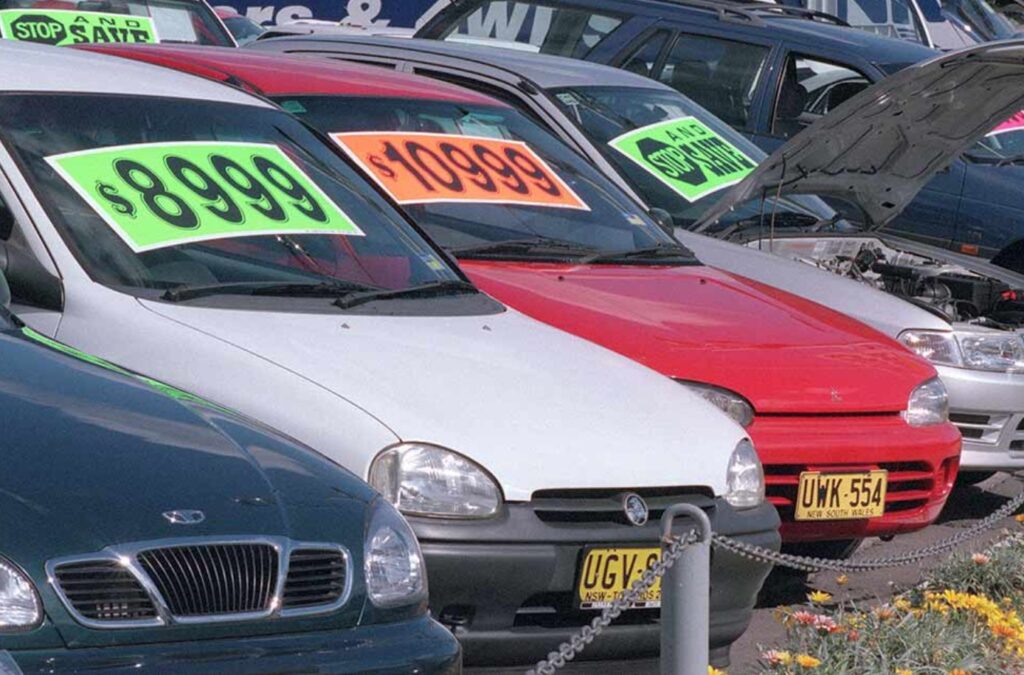
2. Check Vehicle History report
Inspecting the vehicle history report should be a top-most priority of any used car buyers. The abundant amount of on-paper reports generated through Revs Check provides key information like reported stolen, written off details, outstanding finance, and so on. Click here for the easiest way to perform a Revs Check of a vehicle. The simple check ensures if the car is a legal and clean buy with a proper history check. Also, the report is fully formatted in an understandable form.
3. Under the hood
Lift up the hood and closely look if there are any holes, rust, or paint job. Before you go off to buy a car, ask the car owner not to start a vehicle. If the engines are cold, then you can check for possible issues with the cars’ engine. Make sure you can easily open and close the hood. There should not be any damages to the radiator hoses; these parts take lots of amount for a replacement. Leakage from the engine and the gasket is not a good sign to stick with the deal. Also, check the fluid level and engine oil color; it should be dark brown or black.
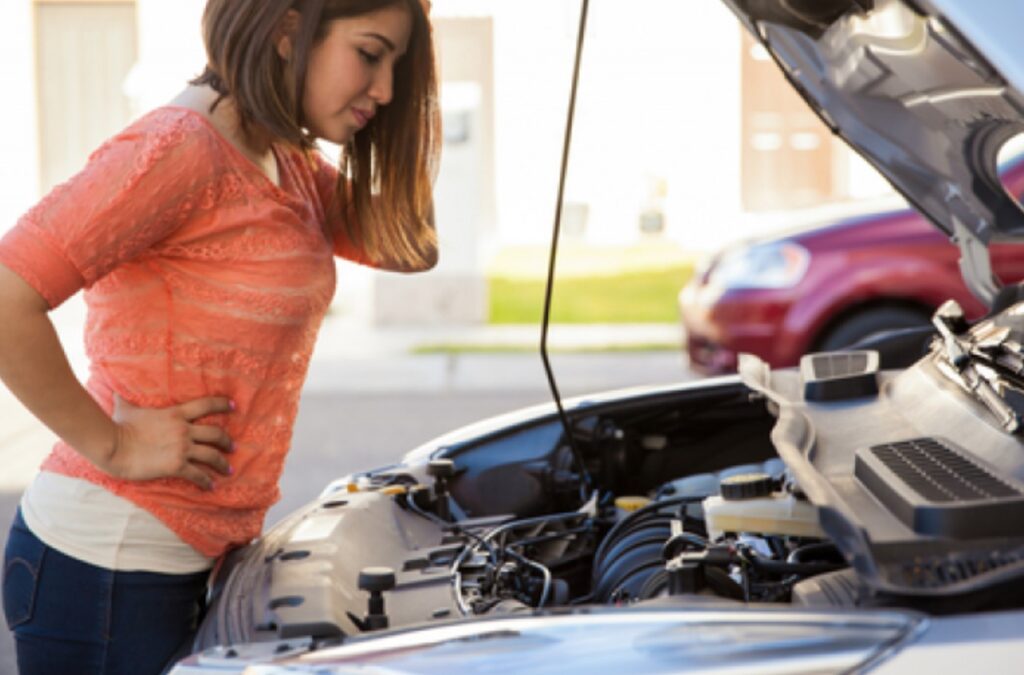
4. Battery
Replacing a car battery is expensive; thus, you should not shop for a car with a damaged battery. Some batteries have battery indicators generally showing green and red signals. If it’s green, then it’s considerable. Under the hood, check if the battery has filler caps, holes, and damaged wires. Also, make sure you unscrew the outer case and check the electrolyte liquid level. If you are not sure if it’s not in good shape, have your mechanic inspect the condition.
5. Wheels and Tyres
The tires of a car tell a lot about its history. A car that has run a few miles should not have any tire-related issues. Some used car sellers often rollback the Odometer, which shows mileage too good to be true. Check all of the four tires at the same time to see if one differs from another. Early changed Tyres are not a good sign. The poor alignment of the tire and uneven tread can sometimes be troublesome to drive. Engage the vehicle and move the steering wheel right and left to check the properly set alignment.
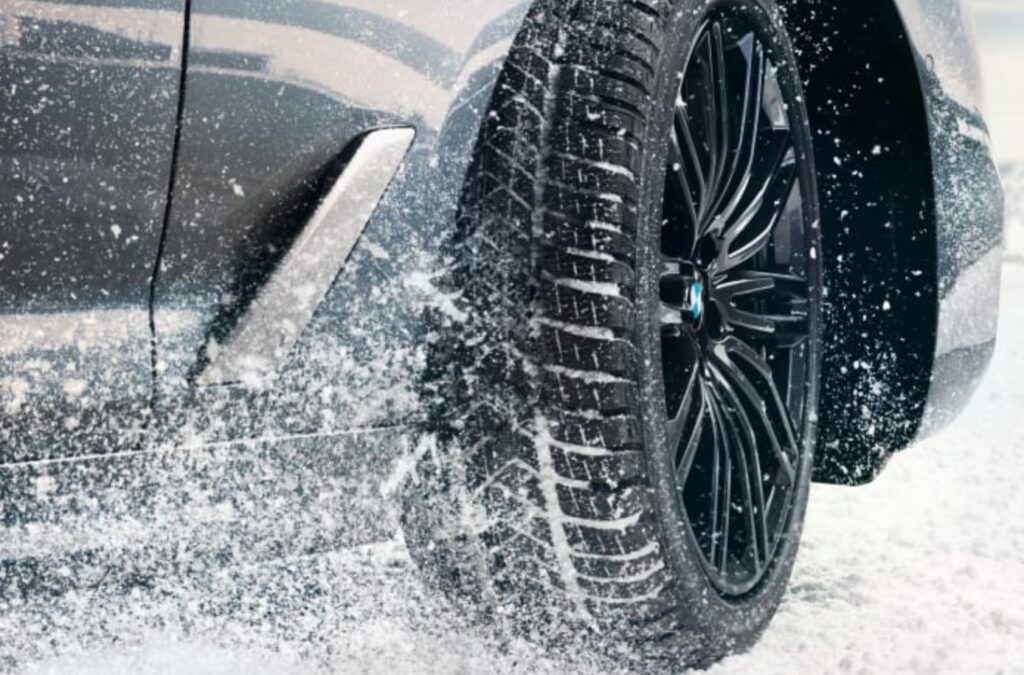
6. Electronics
Cars these days are easily loaded with tons of technology and electronics. The electronics in a car can easily damage if proper protections are not applied. Lights and indicators are by far the important electronics in a car; make sure they are lit properly. Dim and blurry light can be troublesome during night time. Also, side indicators are essential in a heavy traffic area. If a car has a digital dashboard, check if every function like radio, window, and gadget system is operational.
7. Interior check
Seats: The interior check of a used car starts with seats. Sit inside the car and see if it’s cozy. Look for any tears or damages on the seat front-and-back. Also, check the seat adjustment.
Air Conditioning: Test the temperature control by turning it on and off. Toggle between the fan speed and check if it’s working entirely. Also, look for the correct placement of the AC.
Odometer: The numbers in the Odometer say about the car age. An average used car is reported to have driven 10,000 to 15,000 miles. Buying a 10-year old car is not good with fuel economy.
8. Checking Gear and Clutch
One cannot drive a car if its gear and Clutch are not smooth. Hop in a car and check if the gear shift is smooth and precise. Check if it has a manual or automatic gearbox, depending on your need. Start a vehicle and release the Clutch pedal; if it requires excess push that touches the floor, it requires replacement.
9. Exhaust Smoke Color
A small puff of smoke while starting a car is normal. Start a car and look into the exhaust if anything unusual happens. Blue smoke indicates the fuel is burning-in adequately, white fuel color is hardly noticeable, and black colored smoke means an excess amount of burning fuel. It can get troublesome if dark black colored smoke comes out of the exhaust pipe.
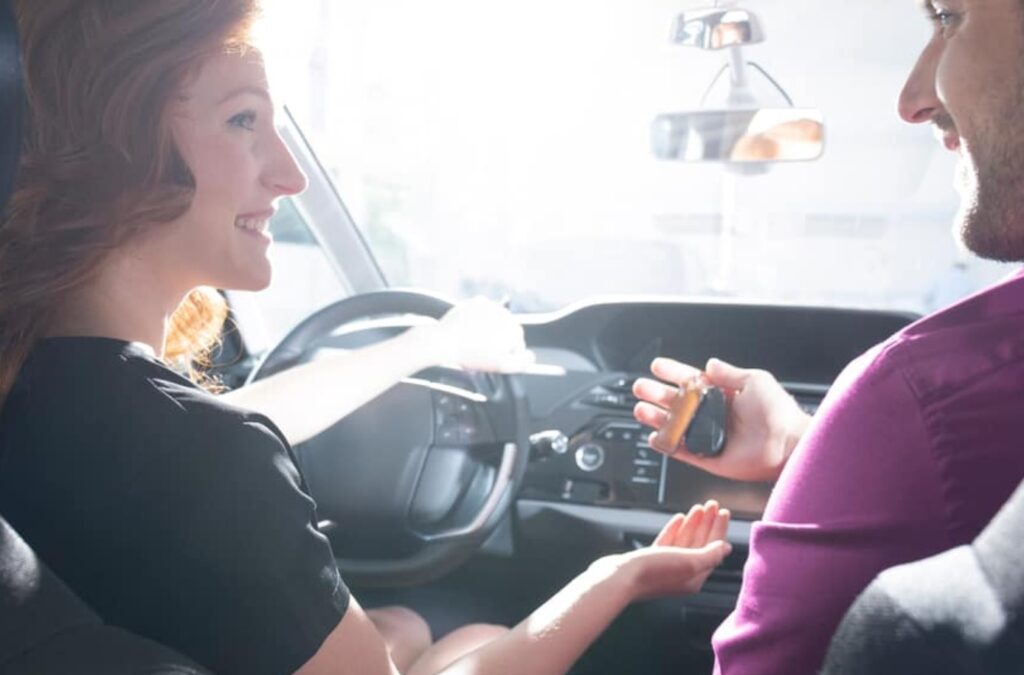
10. Take a test drive
Finally, after all of the physical inspection, it’s time to take a test drive. Surprisingly, there are many buyers who do not consider taking a test drive. A genuine dealer will be happy to accompany their car for a test drive. Even if everything looks fine on both interior and exterior, a car’s performance while driving may disappoint you. 15 minutes of a test drive on different road conditions should be sufficient to judge its performance. Listen closely to the engine sound if it rattles excessively. If it’s producing excessive noise, it’s not a good sign: test both front and rear braking of a vehicle on different road conditions.
Now you should be aware of potential risks while buying and selling used cars. You should avoid scammers and negotiate your profitability.

